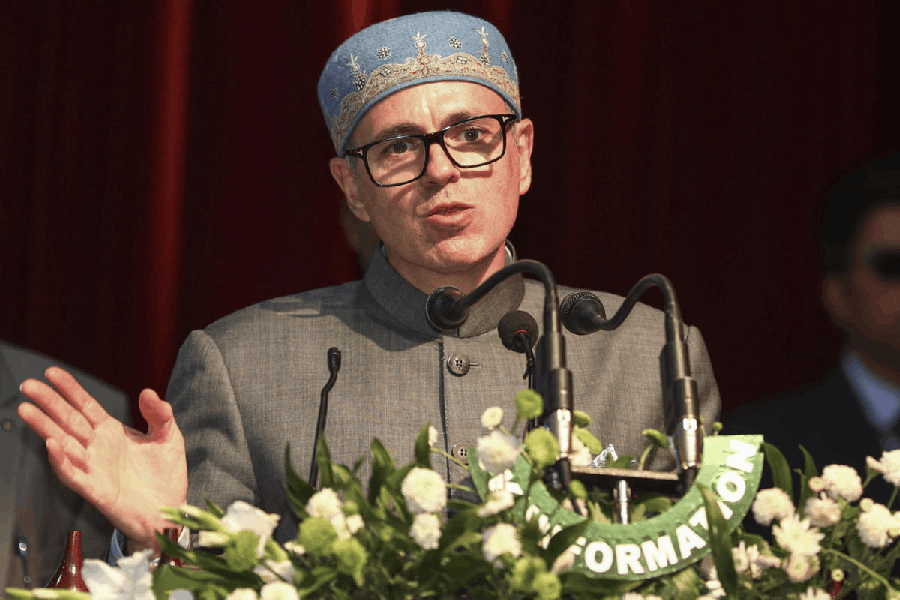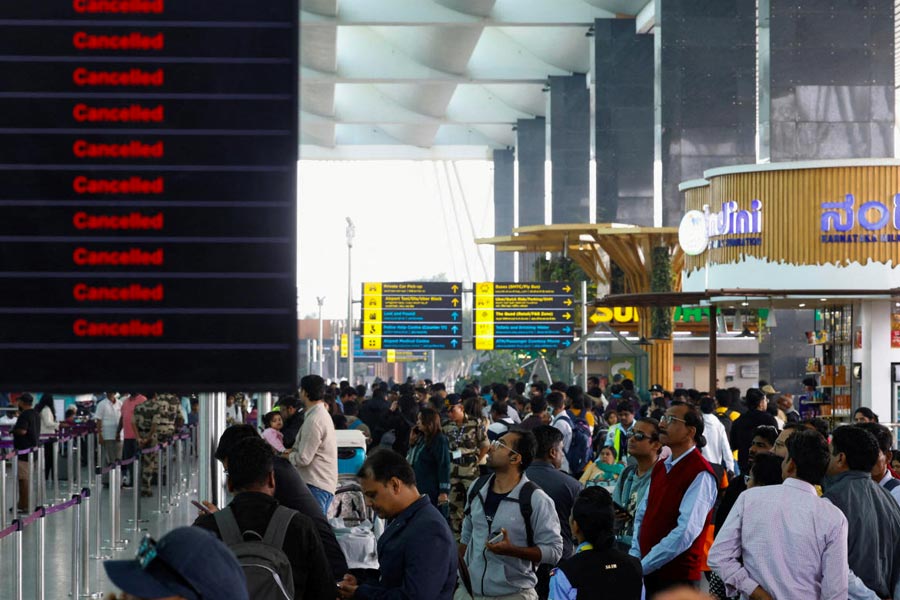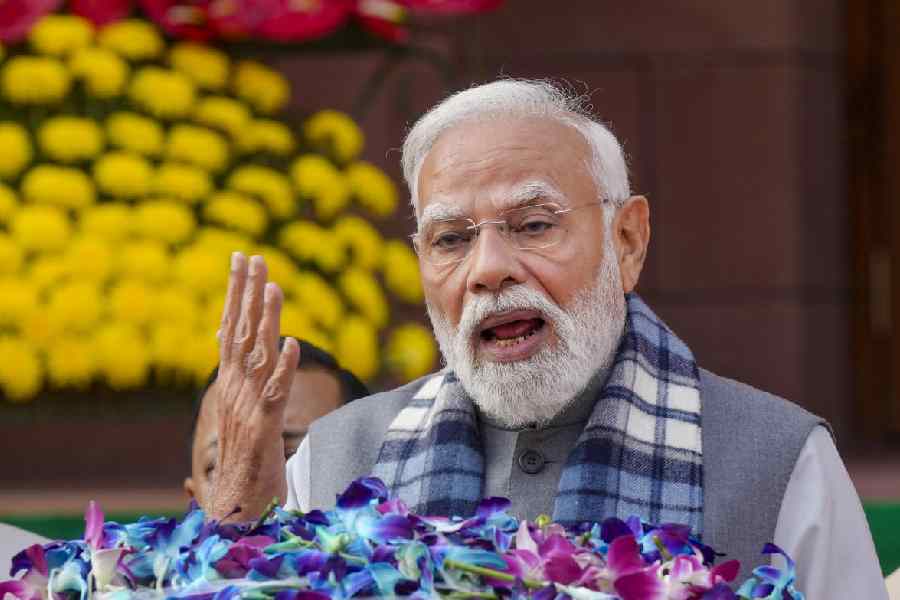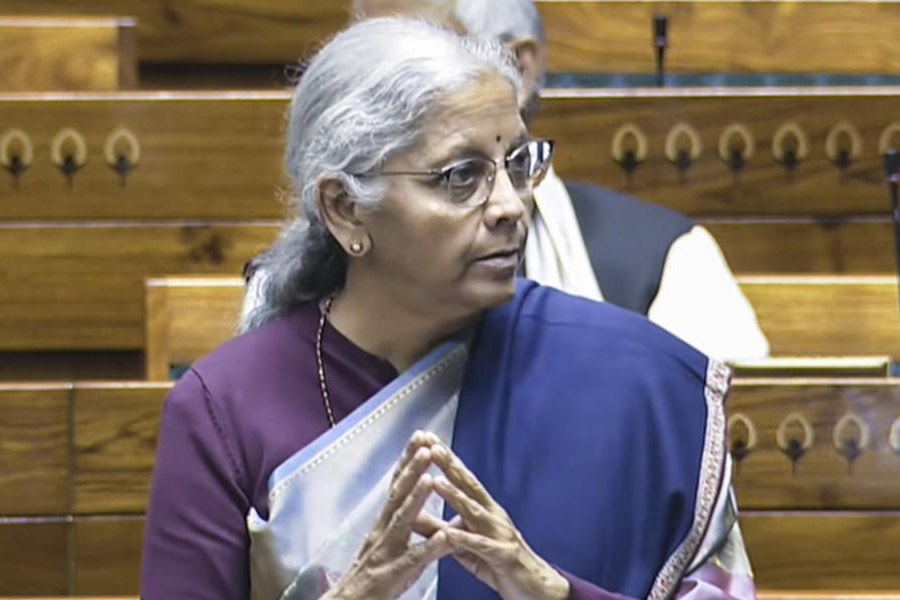 |
New Delhi, Sept. 11: One of the deadliest terrorist groups on the Indian subcontinent is unlikely to stop its attacks without covert operations and coercive diplomacy by New Delhi and Washington, research by an Indian-American computer scientist suggests.
Using a mathematical tool called game theory, Venkatramana Subrahmanian and his colleagues at the University of Maryland have shown that the Lashkar-e-Toiba (LeT) can be expected to stop its attacks only if India and the US launch concurrent covert operations against the outfit and coercive diplomacy against Pakistan.
The research represents a movement since 9/11 to apply sophisticated computational tools to analyse the activities of terror groups and predict their behaviour.
Subrahmanian’s team has been studying the LeT, which, according to the US National Counter-Terrorism Centre, has carried out more than 100 attacks since 2004, killing over 700 people. India has implicated the group in several high-profile strikes, including the November 2008 attacks in Mumbai that killed more than 160 people.
“Covert action is a necessary but not sufficient condition for the LeT to show good behaviour,” Subrahmanian told The Telegraph. “Covert action may not be enough — but without it, the LeT is unlikely to change its ways.”
The scientists built a model in which India, America, Pakistan’s military, Pakistan’s civilian government and the LeT are the players. The researchers proposed an array of possible actions for each player and created a payoff matrix, assigning values to the gains and losses made by each. (See chart)
The researchers then analysed the LeT’s possible responses to a huge combination of moves by the other players. Their findings will be presented at an international conference on open-source intelligence in Greece that starts tomorrow.
The analysis has thrown up 13 scenarios in which the LeT eliminates its armed wing. But each of these scenarios requires the US to cut financial support to Pakistan and conduct covert operations to undermine the LeT, and India to carry out covert operations against the LeT and coercive diplomacy against Pakistan.
While intelligence and policy analysts may have debated these options in the past, Subrahmanian says this is the first time such suggestions have emerged from strong mathematics and computer science in a rigorous, reproducible study.
Subrahmanian, who studied at BITS, Pilani, before moving to the US, began using computational tools to study terror groups about two years after 9/11.
“We thought we could track aggregate behaviour and forecast what they might do,” he said.
The analysis has not suggested any specific covert actions against the LeT, but the researchers said the options included disruption of water or electricity supplies to the terror group’s facilities, and capture or assassination of its operatives.
Outlining the options in coercive diplomacy, they said India could threaten to violate the Indus water treaty with Pakistan in response to attacks or launch a diplomatic campaign to isolate Pakistan.
A mathematician and a former intelligence officer, who were not connected with the study, questioned the validity of its results. They argued that this mathematical model was unlikely to capture the enormous complexities of the real world.
“Players’ policies may be multi-dimensional, which can’t be reflected in the model,” said the officer, who requested anonymity.
“The Pakistani military, for example, could be a split house ---- some favouring a crackdown on the LeT and others favouring continuing support.”
He said the model also presumed uni-dimensional US and Indian policies that converged on disarming the LeT. The officer also said the suggestion that India threaten to violate the Indus treaty was “impractical”.
India’s restraint, while at times difficult for its government, has drawn praise in the global arena, he said. “Do we have the staying power if we carry out this threat?”
However, Subrahmanian believes the model can capture some of the complexities by assigning mixed strategies to the players.
“The computational tools allow a degree of analysis hard to achieve by humans, and these results are intended to be only inputs (for) human experts,” he said.
An Indian mathematician said the model had ignored “street power” in Pakistan.
“We have to ask how the results might look if street power in Pakistan is added as a player,” said Sitabhra Sinha, a researcher studying complex systems at the Institute of Mathematical Sciences, Chennai.
Sinha also pointed out that the values assigned to the payoff matrix were crucial to the outcomes. The study relied on an expert on the LeT and Pakistan, who had no knowledge of game theory, to assign values to the gains and losses in the payoff matrix.
“If someone else assigned different values, the results could change,” Sinha said. The robustness of these results could be tested by creating multiple payoff matrices with different values to the gains and losses, he said.
Subrahmanian said this was “valid criticism” and added that his research team was currently doing just that. His team has just initiated an analysis of the Indian Mujahideen, whose results are expected in early-2012.
The analyses are based on the concept of a Nash equilibrium, an idea proposed by the celebrated economics Nobel laureate John Nash and widely used to analyse outcomes of decisions by multiple players. In a Nash equilibrium, no player can try to increase a payoff without causing a decrease in some other player’s payoff.










